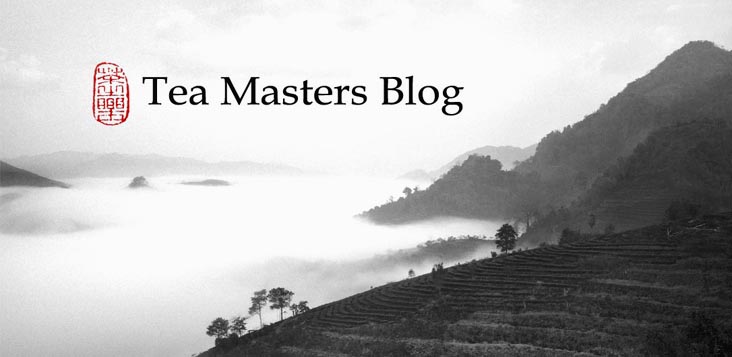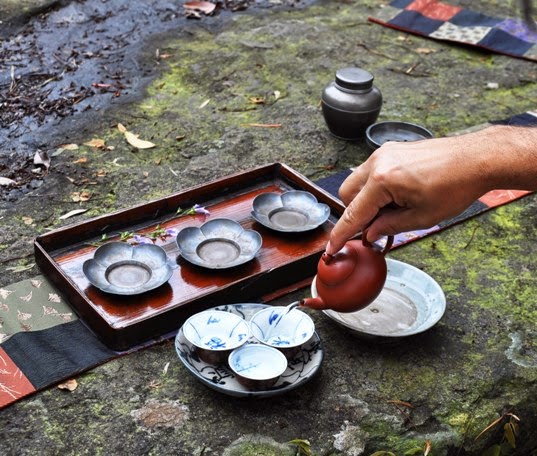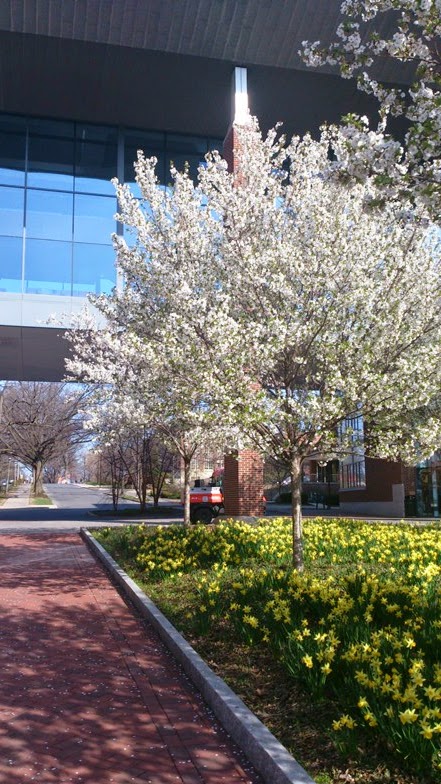Cultivar: Qingxin (ruanzhi) Oolong
Harvested : May 2nd, 2014
Origin: Shan Lin Xi (1500m), a new plantation
Process: Lightly oxidized, rolled Oolong
You can read my review of this tea on my Tea-Masters boutique, using 3 grams and 6 minutes brewing.
It tasted so good that way that I barely use more leaves for this Chaxi with a big, modern zhuni Lixing teapot.
One reason that allows me to use so few leaves and still get so much fresh energy is that these leaves are particularly concentrated with pure flavors. Compared with your average Shan Lin Xi Oolong, these leaves will produce a brew that has more substance and that still tastes very clean. The secret to this top quality is cracked with some simple common sense: the soil from the new plantation is naturally rich and doesn't require artificial fertilization. The trees are young, growing and full of energy.
Obviously, the tea farmers can also taste the difference and will ask a higher price for superior concentration. So, if you can get the concentration of 4 grams of regular Oolong with just 3 grams, then the price is likely to be about one third more expensive. If the price reflects this, is it still a good deal? From a tea drinker's point of view, all other things being equal, I believe so for three reasons:
1. Not only are the leaves more concentrated in good flavors, but they usually also contain less impurities in the taste. The mouth feels cleaner and the tea feels more natural and energetic. That's the second benefit of a new plantation Oolong. This benefit is more subtle, because it's not about having more concentration/flavors, but about having less (harshness in the taste, heavy tongue...)! The taste's finish of new plantation tea is much more comfortable.
2. A clean taste is an essential quality for advanced tea lovers. As our palate becomes more demanding, we expect always better quality. But while average quality is common, higher quality is in more limited supply. This is the whole point of selecting tea: finding superior quality. That's why we (vendors and customers) sample several teas until we find the ones we consider best. Top quality is rare.
3. Teas which are more concentrated age better than lighter teas. (It's similar to wines in this regard). There's less hurry to finish the pack of tea quickly.






























































